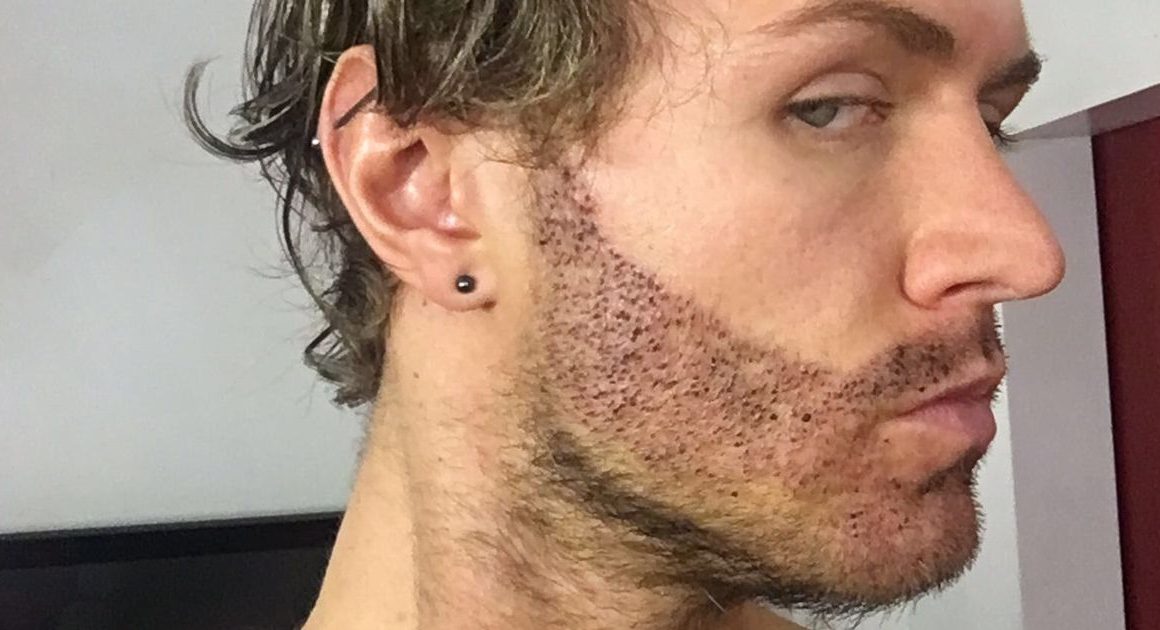You feel crippled by anxiety while waiting for your turn at a dental clinic. You keep fidgeting when the dentist puts dental instruments tools in your mouth. You wonder how your child will sit still for a longish dental procedure. Situations like these may require a dentist to use laughing gas to complete the dental operation successfully. So, what exactly is laughing gas? What is its use in dentistry? Is it safe? Read this article to know more about the use of laughing gas during dental treatments.
What is it?
Laughing gas is nitrous oxide (N2O), a mild sedative agent. It is colorless and odorless. Also known as happy gas, it helps effectively and safely manage pain and anxiety during dental treatments. So, does it make you laugh? Well! Generally, no. However, nitrous oxide causes the release of dopamine.
Hence, some patients may start giggling and mumbling when they begin feeling its effects. But it does not make you unconscious. It only makes you semi-conscious to prevent restlessness because of anxiety. It is normal to feel light-headed and tingly initially when the gas is administered. However, you begin to feel calm and comfortable in some time.
How do dentists administer nitrous oxide?
The most common method is inhaling a mixture of nitrous oxide and oxygen through a small mask that fits over your nose. You should be able to breathe normally while the effects of the laughing gas start showing within minutes.
What are the benefits of laughing gas?
The use of nitrous oxide in dentistry has the following benefits.
- No need for special preparation of the patient
- It is easy to administer.
- Quick onset of the required effect.
- N2O is bland and non-irritating.
- Minimal cases of nausea and vomiting.
- No hangover effects
- Its effects wear off as soon as you start breathing pure oxygen through a mask.
- Does not put you to sleep so you can observe your dentist and respond to their instructions.
- Titration is easy, which further ensures safety.
- It offers cardio-respiratory stability
- Excellent reflex integrity
- Adult patients need not accompany a caretaker/guardian.
When is laughing gas commonly used?
The American Academy of Pediatric Dentistry (AAPD) recommends the following indications for the use of nitrous oxide.
- Patients who do not respond well to local anesthesia
- Patients who are anxious, fearful, or uncooperative
- Patients with special health care needs
- Patients with gag reflexes that hinder dental care
- Children who must undergo prolonged dental procedures
Is nitrous oxide safe for children?
One of the most common questions is regarding the safety of nitrous oxide for children. The AAPD reports that laughing gas is generally suitable for children, especially because it is easy to adjust its concentrations. The gas can help children stay calm and still during discomforting dental procedures that require them not to move for long periods. However, some children may experience difficulty wearing the mask or nausea. Talk to your dentist about the most suitable sedation method when scheduling dental treatment for your child.
Who should not use nitrous oxide?
Nitrous oxide might not be the right choice for you when you have any of the following conditions:
- respiratory illnesses like asthma or chronic obstructive pulmonary disease (COPD)
- a history of mental health conditions
- phobias or disabilities that might affect breathing through a mask
- addiction to psychoactive drugs
- deficiency of vitamin B-12
- methylenetetrahydrofolate reductase (MTHFR) deficiency
- emphysema or other lung conditions.
What are the side effects of laughing gas?
Incidents of patients experiencing adverse reactions because of laughing gas are not common. However, it is a possibility if nitrous oxide levels increase too much or if the amount of gas fluctuates during inhalation. The side effects of laughing gas, according to the California Dental Association (CDA), include:
- Nausea or vomiting
- Headaches
- Excessive sweating
- Shivering
- Drowsiness
To avoid headaches, patients need to receive oxygen for at least five minutes after turning nitrous oxide off. The oxygen flushes the remaining gas out of the lungs while the patient starts turning more awake and alert. Take a light meal before the procedure, and avoiding a big meal up to three hours after it helps prevent nausea or vomiting. Consult your dentist if you need to drive post-procedure. The safety and efficacy of nitrous gas also depend on the expertise of the administrator. Ensure that only a trained dental care professional performs your dental procedure. Do not stand or sit too quickly as you might trip or fall because of NO2’s mild disorienting effects. However, these effects do not last for more than 3-5 minutes after removing the mask.
How is administering nitrous oxide different from general anesthesia?
Nitrous oxide for sedation and giving general anesthesia are not the same. Laughing gas makes you calm, relaxed, and decreases your pain sensitivity. Alternatively, general anesthesia puts you in deep sleep. Nitrous oxide does not make you forget that you have undergone a procedure, while general anesthesia does so.
Is general anesthesia used in dentistry? Yes, but it is typically reserved for common dental procedures such as root canals, deep cleaning, or fillings. General anesthesia is a go-to option under the two conditions:
- when a procedure is lengthy and complex and lengthy
- when nitrous oxide will not be enough to keep the patient calm and unmoving,
Extractions and dental implant placements are among the procedures that start with general anesthesia.
Only a trained professional can administer general anesthesia as its neglectful or incorrect use poses a certain degree of risk. Patients who need general anesthesia are often referred to an oral surgeon.
Laughing gas is a useful, safer, and commonly preferred alternative for easing pain and anxiety during dental procedures. However, if you think you might need something more than nitrous oxide for sedation, you should discuss types of sedation and anesthesia that will suit your overall health.
Did you find this article helpful?
Comment below and let us know.





